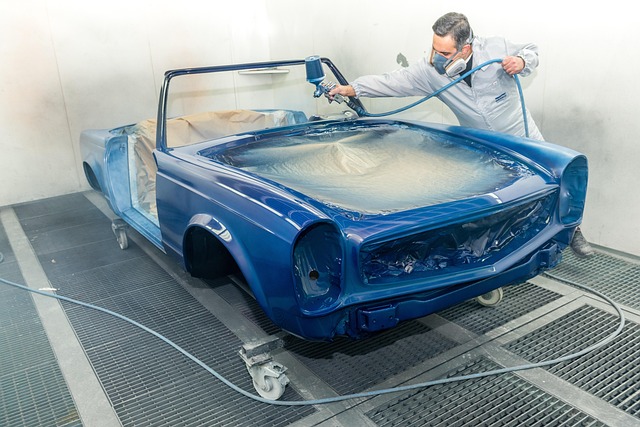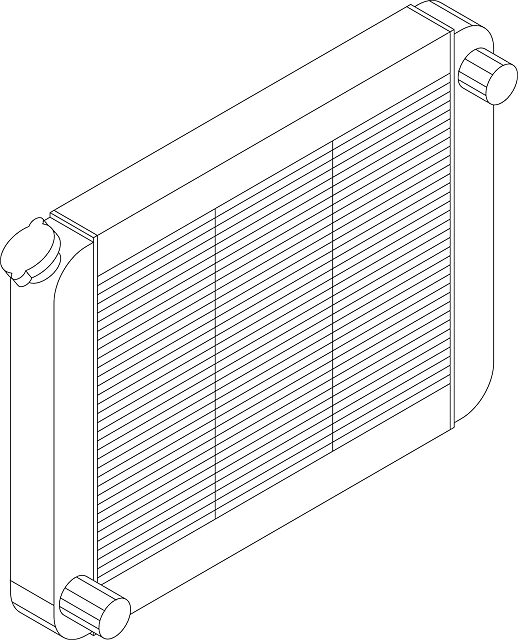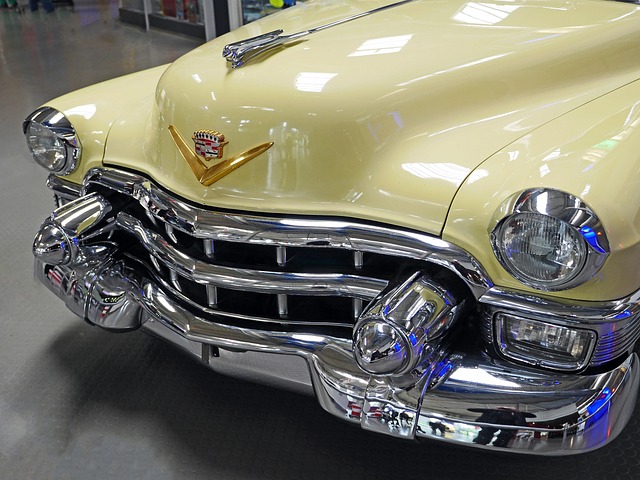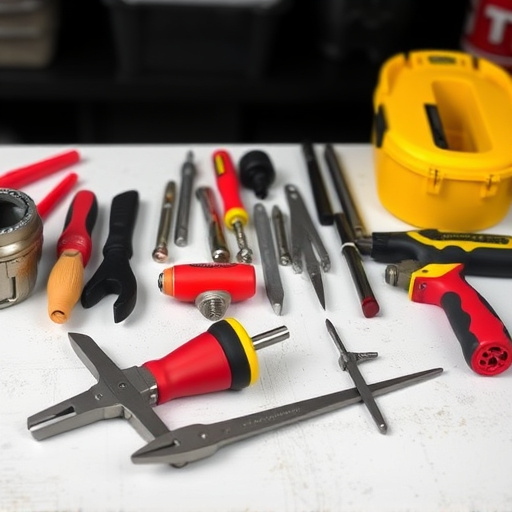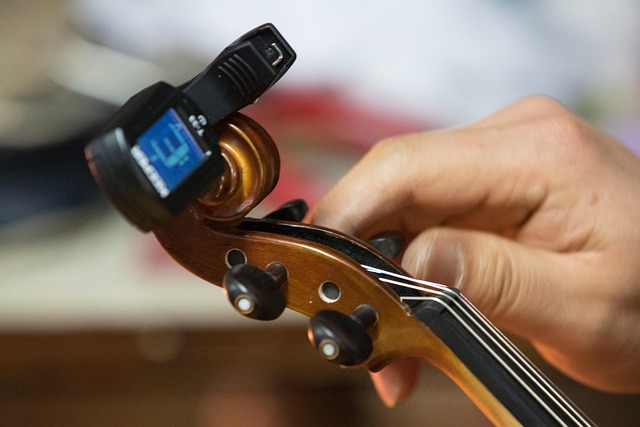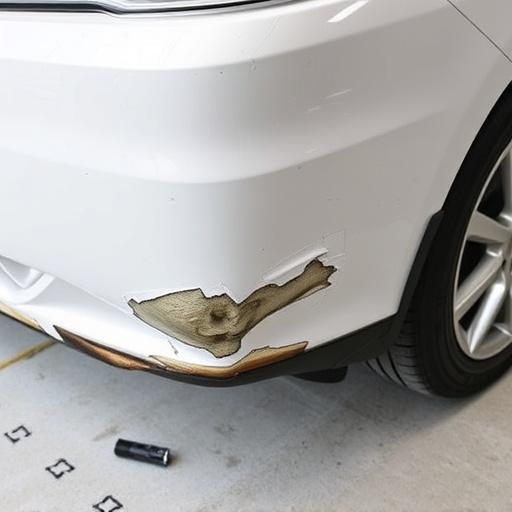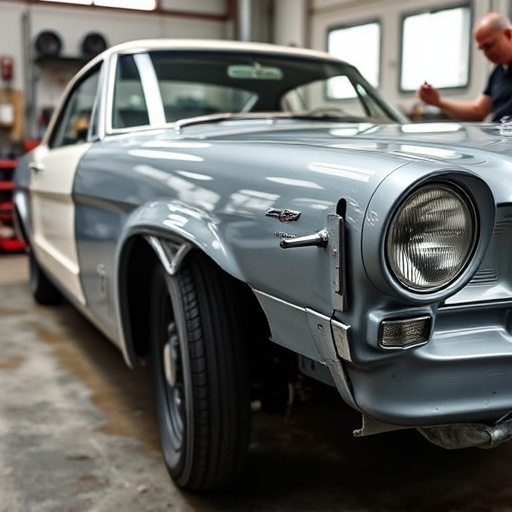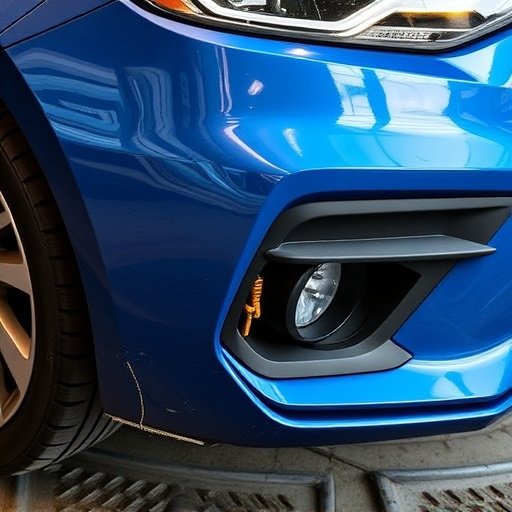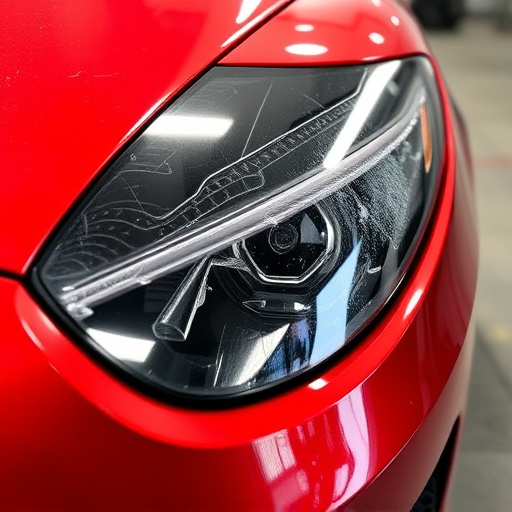A Tesla body computer reset is a critical fix for technical glitches in Tesla vehicles' complex systems, similar to restarting a computer for software issues. It targets the sophisticated control unit (body computer) that manages essential vehicle functions like sensors, displays, and connectivity. This process can resolve problems like malfunctioning rear camera displays, saving time and money on repairs while maintaining safety features and potentially avoiding costly body work. For Tesla owners facing rear camera display issues, diagnosing loose connections and wiring harness damage is initial step; if simple fixes fail, a professional auto collision center specializing in electric vehicle repairs should perform a Tesla body computer reset to erase and reprogram control units.
Tesla owners often encounter frustrating issues with their vehicles’ body computers and rear camera displays. This comprehensive guide aims to empower you with knowledge about the Tesla body computer reset process, helping you navigate potential problems effectively. We’ll explore common issues, provide troubleshooting steps, and offer insights into diagnosing and resolving rear camera display troubles. Take control of your Tesla’s performance and safety by understanding these crucial aspects.
- Understanding Tesla Body Computer Reset: A Comprehensive Guide
- Diagnosing and Resolving Rear Camera Display Issues
- Step-by-Step Troubleshooting for Common Problems
Understanding Tesla Body Computer Reset: A Comprehensive Guide
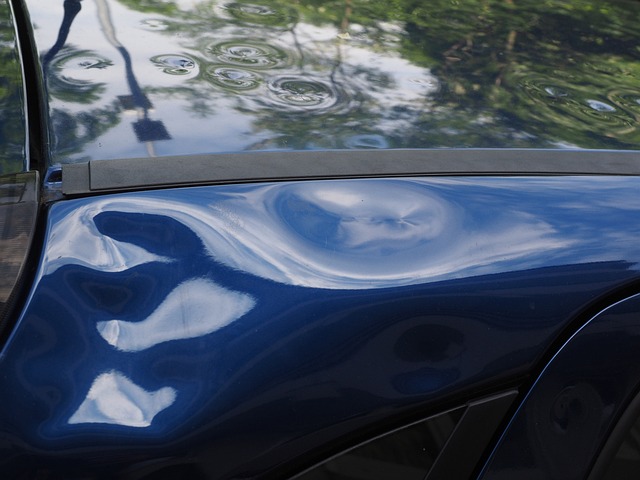
In the intricate world of Tesla vehicles, the term “Tesla Body Computer Reset” refers to a critical process that can resolve various technical glitches and issues within the car’s systems. This reset is akin to restarting your computer to eliminate software-related problems; however, in this context, it involves a more complex interplay of hardware and software components specific to Tesla’s advanced automotive technology. The body computer, essentially a sophisticated control unit, manages numerous functions critical for the vehicle’s operation, including its exterior sensors, displays, and connectivity features.
When encountering issues like malfunctioning rear camera displays or other electronic problems within the vehicle body, performing a Tesla Body Computer Reset can be a game-changer. This process involves accessing the car’s diagnostic systems to identify and rectify errors in the software that controls various components. For instance, a paintless dent repair or vehicle paint repair might not always be necessary; instead, a simple reset could resolve issues related to exterior sensors or displays, saving time and money for vehicle owners while ensuring optimal performance of critical safety features.
Diagnosing and Resolving Rear Camera Display Issues
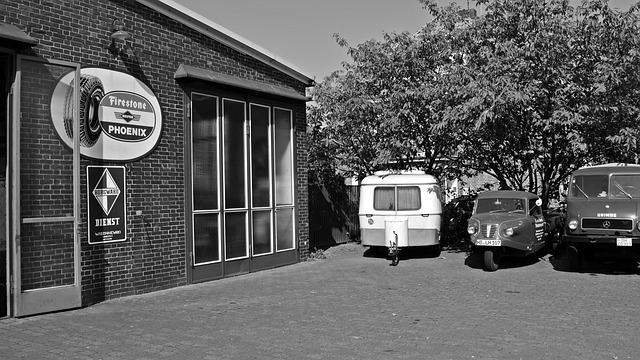
Diagnosing rear camera display problems on your Tesla involves a few key steps. Start by checking for any loose connections at the camera and sensor locations. Inspecting the wiring harness for signs of damage, fraying, or corrosion is crucial as these can disrupt the signal to the vehicle’s body computer. A simple reattachment or replacement of faulty components might resolve the issue.
If the problem persists, a Tesla body computer reset could be necessary. This process involves erasing and reprogramming certain control units, potentially fixing software glitches affecting the rear camera display. It’s recommended to visit an auto collision center with specialized experience in electric vehicle repairs for these complex tasks. They have the tools and expertise to diagnose and address issues related to both the vehicle body repair and intricate electronic systems, ensuring your Tesla is safe and reliable on the road.
Step-by-Step Troubleshooting for Common Problems
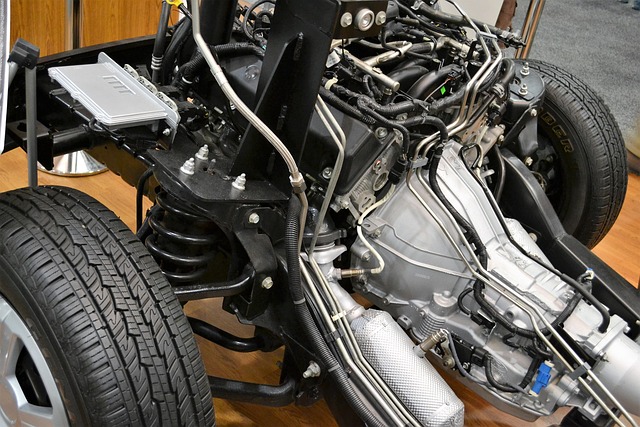
If your Tesla is experiencing issues with its body computer reset or rear camera display, don’t panic. Many owners encounter these problems and solutions are available. Begin by checking for any error codes stored in the vehicle’s system, which can provide valuable clues about the issue. A simple diagnostic scan using a compatible scanner can often reveal the problem.
For Tesla body computer reset issues, follow these troubleshooting steps:
1. Power Cycle: Start by turning off and then restarting your Tesla. Sometimes a simple reboot can resolve minor glitches.
2. Check Connections: Inspect all wiring and connectors related to the body computer for any signs of damage or loose connections. A secure connection is crucial for optimal performance.
3. Update Firmware: Ensure your vehicle’s firmware is up-to-date. Connect your Tesla to a stable internet connection and use the official Tesla software to check for updates.
4. Consult Professional Help: If the issue persists, it might be time to visit an automotive repair shop specializing in electric vehicles or a trusted vehicle body shop. They have advanced tools and expertise to diagnose and fix complex problems. In some cases, auto painting services might also be required to restore your Tesla’s exterior to its original condition.
If you’ve encountered issues with your Tesla’s body computer reset or rear camera display, this article has equipped you with a comprehensive understanding and practical troubleshooting steps. By delving into these problems, you’re now better prepared to navigate and resolve common challenges associated with your vehicle’s technology. Remember that effective problem-solving often involves patience and persistence, so don’t hesitate to repeat the processes if needed. Stay proactive in maintaining your Tesla’s optimal performance through regular checks and updates.
